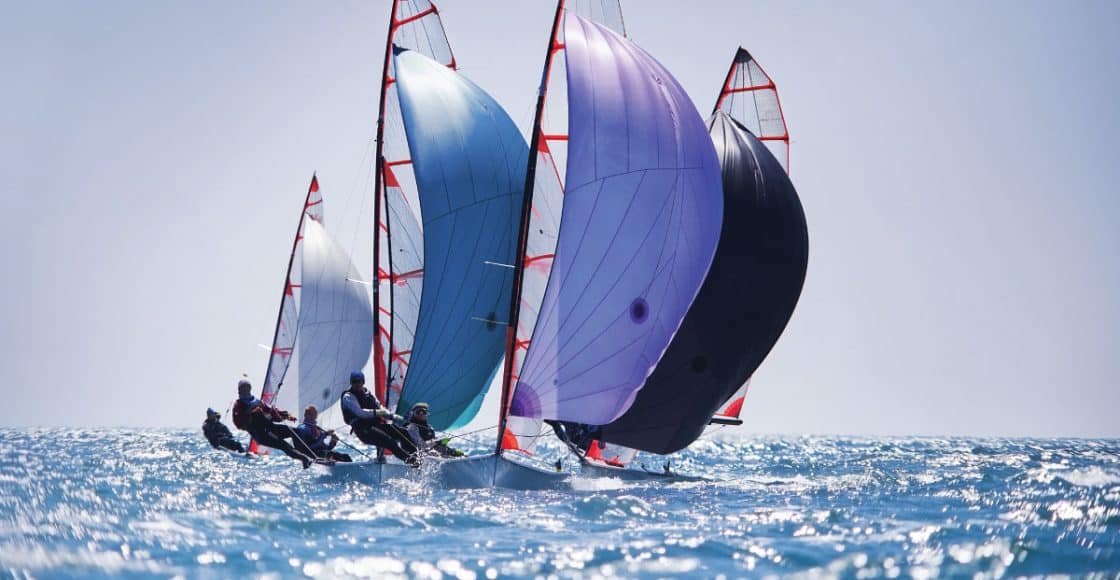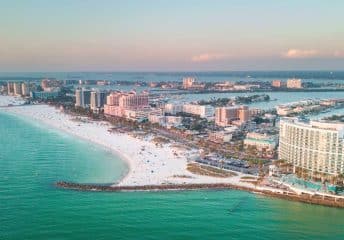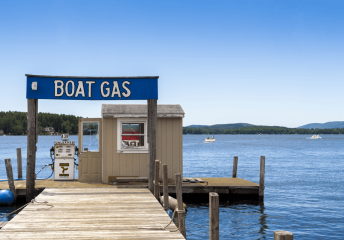Beaufort Scale Explained: Understanding the Wind for Sailing
Last Updated on May 24, 2024 by Boatsetter Team
The Beaufort Wind Scale is a measure of wind speed and accompanying sea state. It is an internationally recognized standardized model created by Irishman Francis Beaufort in 1806, who went on to become a rear admiral in the Royal Navy.
The scale is still used today to estimate wind strengths. Understanding the Beaufort Wind Scale is important for boating and boaters, especially for those looking to go on a sailing adventure.
Discover sailboat rentals near you or your destination
Reading the Beaufort Scale
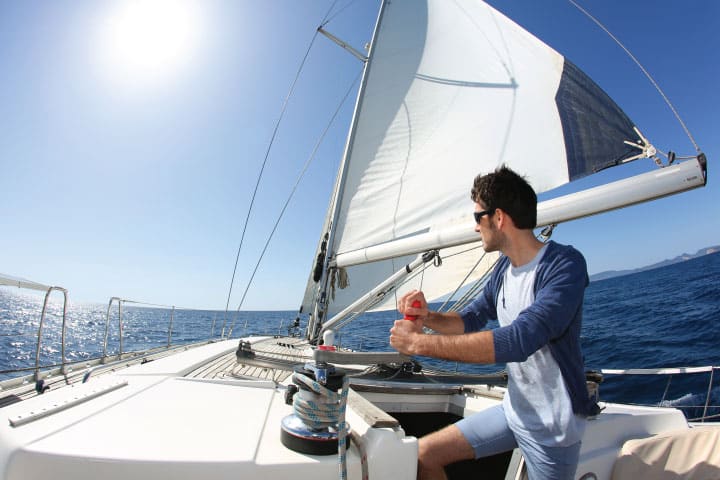
The scale has wind speed levels of 0-12 called Forces. Forces are numbered but also have names and include observations and ranges of wind velocity in kilometers, miles, and knots. The speeds are sustained averages, not wind gusts.
Force 0 means the air is still, and the sea state is calm. Forces 1-2 are light air or a light breeze with wind under six knots or 7 mph. Force 3 is a gentle breeze where flags begin to wave, wind velocity tops at 10 knots, and the water develops small waves.
A moderate breeze is Force 4 with 11-16 knots wind speeds. A fresh breeze is Force 5 (17-21 knots), and a Force 6 strong breeze reaches up to 27 knots. At this point, the water forms large waves with lots of foam present.
Force 3-6 are ideal for sailing! Smaller and lighter boats do well around Force 3, while heavier cruisers will hold their own in Force 6. Most sailboats will be reefing or shortening sail starting in Force 5 around 20 knots. Some of this depends on the point of sail; a boat can take more wind when running with it rather than beating into it.
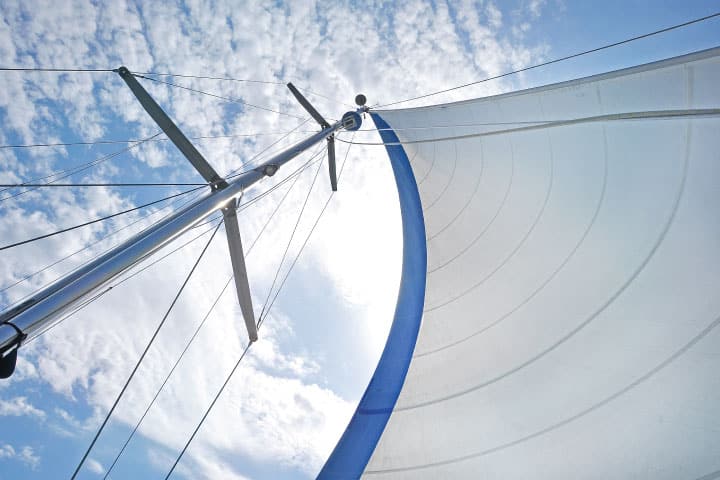
Beyond Force 7 or a near gale, with 28-33 knots wind speeds, things can get dicey with large waves and flying foam. Force 8 is a full gale with winds 34-40 knots. Force 9 is a strong gale with wind up to 47 knots with toppling wave crests and reduced visibility.
Force 10 is a storm with winds up to 55 knots and a rough sea state. A violent storm is a Force 11 with winds up to 63 knots. In this state, ships can become totally obscured as they fall into wave troughs. Force 12 has winds of 64+ knots and is considered a Category 1 Hurricane.
Hurricanes greater than category 1 are not a part of the Beaufort scale.
Pro sailing tip
While most in the US measure wind force in knots, it’s good to be familiar with the Beaufort Scale, especially since international weather forecasters do use it. It’s an especially useful tool when planning your sailboat trip. Also, remember to stay within Force 3-6 for an easy and safe sail.
Like what you read? We’ve got more:
- Types of Sailboats
- Need a new destination to set sail? Read Santa Barbara Sailing Guide
- Do Sailboats Have Motors?
- How Much Wind Is too Much for Boating?
About us
Boatsetter is a unique boat-sharing platform that gives everyone— whether you own a boat or you’re just renting — the chance to experience life on the water. You can list a boat, book a boat, or make money as a captain.
List your boat & start earning an avg. of $20K yearly with Boatsetter
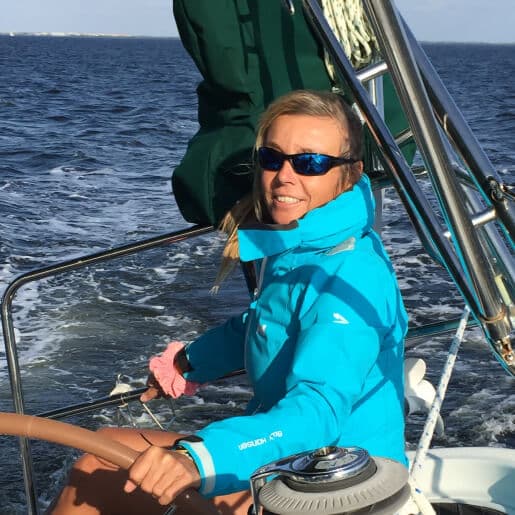
Zuzana Prochazka is an award-winning freelance journalist and photographer with regular contributions to more than a dozen sailing and powerboating magazines and online publications including Southern Boating, SEA, Latitudes & Attitudes and SAIL. She is SAIL magazines Charter Editor and the Executive Director of Boating Writers International. Zuzana serves as judge for SAIL’s Best Boats awards and for Europe’s Best of Boats in Berlin.
A USCG 100 Ton Master, Zuzana founded and manages a flotilla charter organization called Zescapes that takes guests adventure sailing at destinations worldwide.
Zuzana has lived in Europe, Africa and the United States and has traveled extensively in South America, the islands of the South Pacific and Mexico.
